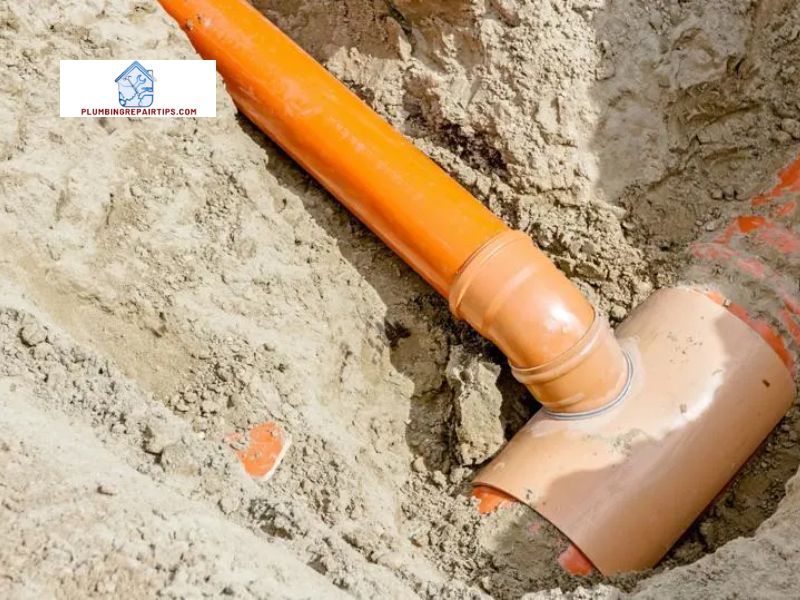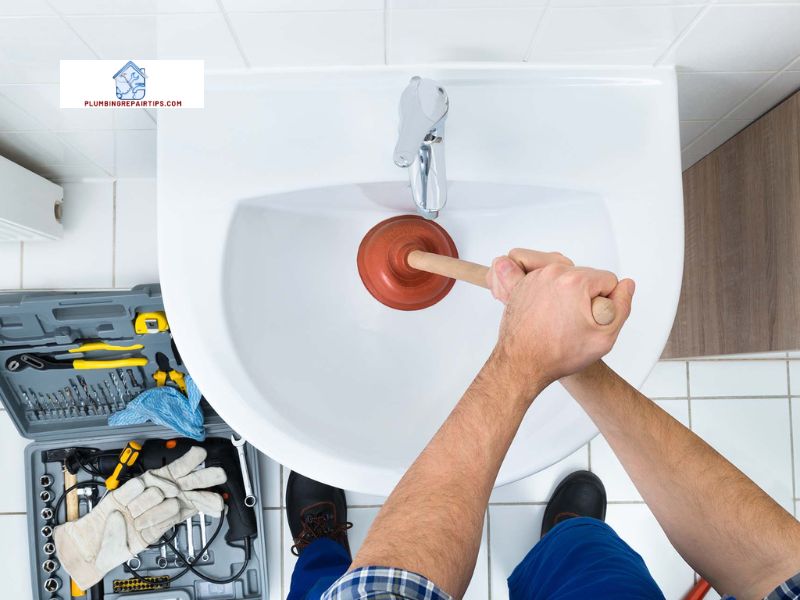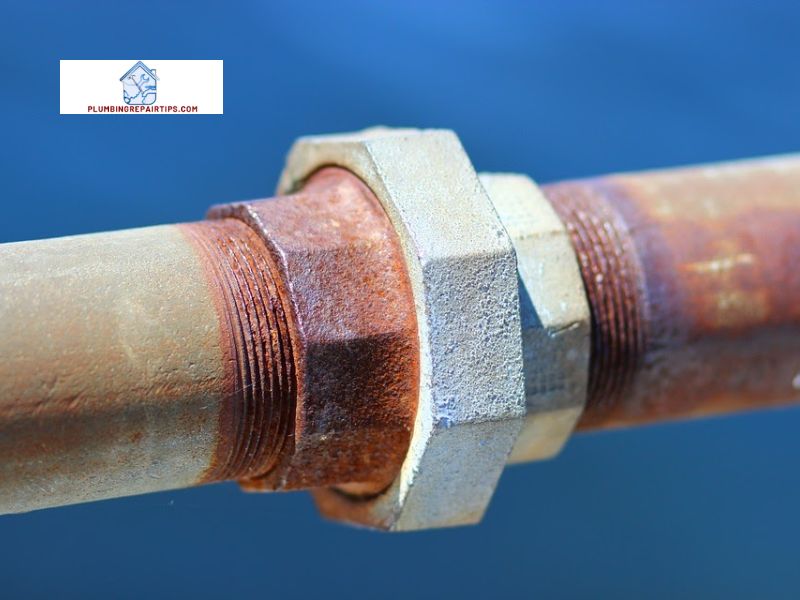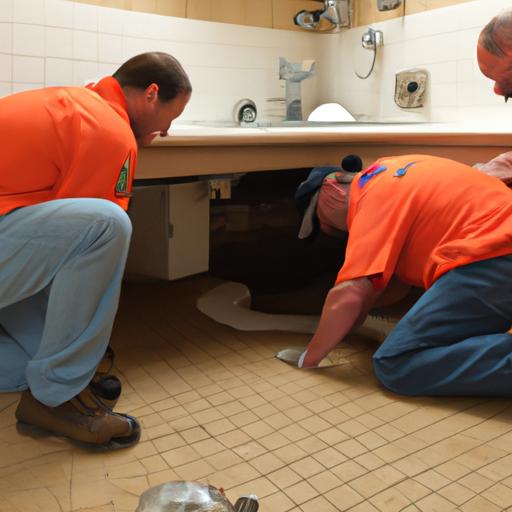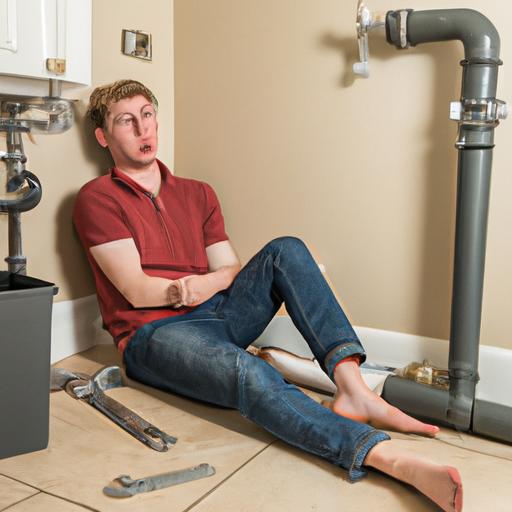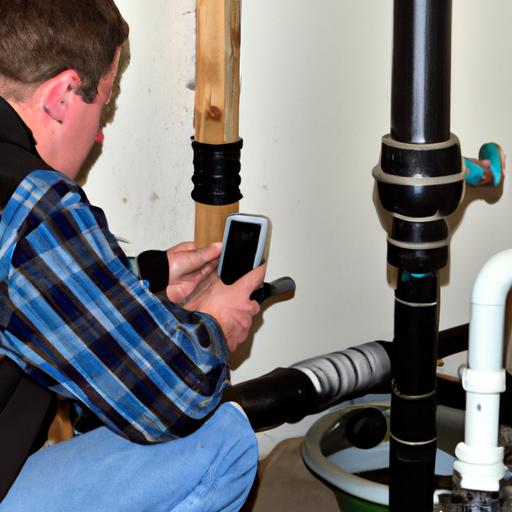Introduction
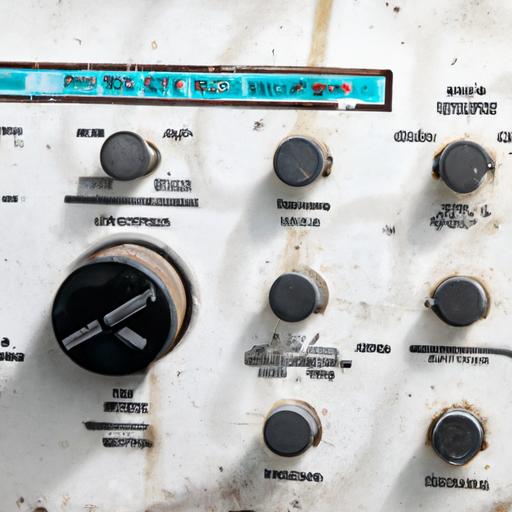
Water softeners are essential appliances that ensure your household has access to clean and soft water. Over time, however, these devices can become outdated and less efficient in delivering the water quality you need. In this article, plumbingrepairtips.com will explore the significance of maintaining and replacing old water softeners to ensure optimal performance and water quality for your home.
A. Defining an old water softener
An old water softener refers to a system that has been in use for a considerable period and may no longer function at its peak capacity. These devices are typically outdated in terms of technology, efficiency, and features. As a result, they may struggle to effectively remove hard water minerals, leading to various issues such as mineral buildup, increased energy consumption, and potential health risks.
B. Importance of maintaining and replacing old water softeners
Maintaining and replacing old water softeners is crucial for several reasons. Firstly, outdated systems tend to become less efficient in treating hard water, leading to a decline in water quality. This can result in mineral deposits within your plumbing and appliances, reducing their lifespan and performance. Secondly, old water softeners may consume more water and energy than necessary, leading to higher utility bills. Lastly, advancements in water softening technology have introduced new features and benefits that old systems lack, making replacement a wise investment for improved efficiency and water quality.
C. Overview of the article’s content
In the following sections, we will delve deeper into the signs that indicate your water softener is becoming old and less effective. We will explore the detrimental effects of using an old water softener on your plumbing, appliances, and overall water quality. Additionally, we will discuss the benefits of replacing your old system, including cost savings and enhanced water-softening efficiency. Furthermore, we will provide valuable factors to consider when selecting a new water softener. By the end of this article, you will be equipped with the knowledge needed to make an informed decision about replacing your old water softener for a better water-softening experience.
Stay tuned for Section II, where we will uncover the signs that indicate your water softener is reaching its expiration date.
Signs of an Old Water Softener

When it comes to your water softener, recognizing the signs of aging is vital in ensuring the continued delivery of clean and soft water throughout your home. Here are some key indicators that your water softener may be reaching its expiration date:
A. Decreased water softening efficiency
One of the first signs of an old water softener is a decrease in its efficiency. Over time, the resin beads used to remove hard water minerals can become worn out or coated with mineral deposits, hampering their ability to effectively soften the water. As a result, you may notice that your water feels less soft, soap doesn’t lather well, and you may even experience mineral buildup on fixtures and surfaces.
B. Increased water consumption
An aging water softener often means increased water consumption. As the system becomes less efficient in removing hard water minerals, it may need to run for longer periods or regenerate more frequently to achieve the desired level of softness. This can result in higher water usage and subsequently inflated water bills.
C. Frequent repairs and malfunctions
If you find yourself constantly troubleshooting and repairing your water softener, it may be a sign that it’s reaching the end of its lifespan. As components age, they become more prone to malfunctions and breakdowns. Investing in frequent repairs can quickly become costly, making replacement a more cost-effective solution in the long run.
D. Outdated technology and features
Advancements in water softening technology have introduced innovative features that enhance efficiency and convenience. If your water softener is lacking these modern features, such as programmable settings, efficient regeneration cycles, or smart capabilities, it may be a clear indication that it’s time for an upgrade. Embracing the latest technology can significantly improve your water softening experience.
By being attentive to these signs, you can determine whether your water softener is showing its age. In the next section, we will explore the effects of using an old water softener and why prompt replacement is necessary.
Effects of Using an Old Water Softener
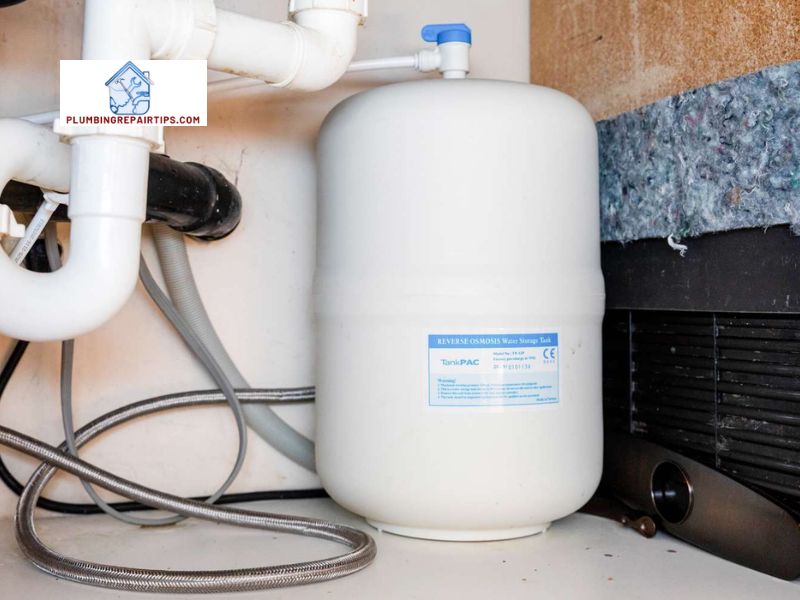
Using an old water softener can have several detrimental effects on your plumbing, appliances, energy consumption, and even your health. Let’s explore these effects in more detail:
A. Mineral buildup in plumbing and appliances
One of the prominent effects of using an old water softener is the accumulation of mineral deposits in your plumbing and appliances. Over time, these deposits, often referred to as scale or limescale, can clog pipes, reduce water flow, and hinder the performance of your appliances. This buildup can lead to costly repairs and replacements, as well as reduced overall water pressure in your home.
B. Reduced effectiveness in removing hard water minerals
As water softeners age, their ability to effectively remove hard water minerals diminishes. Hard water contains minerals like calcium and magnesium that can leave behind residue on surfaces, making it difficult to achieve spotless dishes, clean laundry, and shiny fixtures. An old water softener may struggle to fully eliminate these minerals, resulting in unsatisfactory water quality and continued issues with mineral deposits.
C. Increased energy consumption
Old water softeners often require more energy to operate efficiently. Outdated technology and worn-out components can cause the system to work harder and consume more electricity. This increased energy consumption not only impacts your utility bills but also contributes to environmental concerns. By upgrading to a newer, energy-efficient water softener, you can reduce your carbon footprint while enjoying the benefits of softened water.
D. Potential health risks
Using an old water softener may present potential health risks. If the system fails to adequately remove harmful contaminants, such as bacteria or heavy metals, from your water supply, it can pose a threat to your well-being. Additionally, the buildup of minerals and scale in your plumbing can create an environment conducive to bacterial growth, potentially compromising the cleanliness of your water. Protecting your health and the well-being of your loved ones is crucial, making it essential to address any issues with your old water softener.
Now that we have explored the effects of using an old water softener, let’s move on to Section IV, where we will discuss the benefits of replacing your outdated system.
Benefits of Replacing an Old Water Softener
Replacing an old water softener comes with a range of benefits that can greatly improve your overall water-softening experience. Let’s explore the advantages you can expect when you upgrade to a new system.
A. Improved water softening efficiency
One of the primary benefits of replacing an old water softener is the improved efficiency it brings. Newer models utilize advanced technologies and innovative features that enhance the softening process. These systems are designed to effectively remove hard water minerals, ensuring that your water is soft, clean, and free from mineral deposits. With improved efficiency, you can enjoy softer and lather-rich water for a refreshing bathing experience and cleaner, spot-free dishes.
B. Cost savings on water and energy bills
Upgrading to a new water softener can lead to significant cost savings on your water and energy bills. Old systems often consume excessive amounts of water during the regeneration process, resulting in wastage and inflated bills. Modern water softeners are equipped with efficient regeneration cycles that reduce water usage, helping you save both water and money. Additionally, new models are designed to operate with greater energy efficiency, reducing your overall energy consumption and further contributing to cost savings.
C. Extended lifespan of plumbing and appliances
Using an old water softener can lead to mineral buildup in your plumbing system and appliances. Over time, this buildup can cause clogs, reduced water flow, and damage to your fixtures. By replacing your old system, you can prevent further mineral accumulation and extend the lifespan of your plumbing and appliances. With a new water softener in place, you can protect your investments and avoid costly repairs or replacements.
D. Enhanced water quality and health benefits
Old water softeners may struggle to effectively remove hard water minerals, resulting in compromised water quality. Hard water can leave behind residue on your skin and hair, leading to dryness and irritation. By upgrading to a new water softener, you can enjoy water that is not only softened but also free from harmful minerals and contaminants. This can have a positive impact on your overall health, promoting healthier skin and hair.
Replacing your old water softener brings forth a multitude of benefits, including improved water softening efficiency, cost savings, extended lifespan of your plumbing and appliances, and enhanced water quality with associated health benefits. These advantages make investing in a new water softener a wise choice for a better and more enjoyable water-softening experience.
Continue reading Section V, where we will guide you through the important factors to consider when selecting a new water softener.
Conclusion
Replacing your old water softener is essential for maintaining clean and soft water in your home. As we have explored in this article, old water softeners can lead to a decline in water quality, increased energy consumption, and potential health risks. By recognizing the signs of an old water softener and understanding its detrimental effects, you can make an informed decision to invest in a new system.
When considering a replacement, there are several factors to keep in mind. Firstly, assess the water hardness levels in your area to determine the appropriate system for efficient water softening. Secondly, consider the capacity requirements based on your household size to ensure an adequate supply of softened water. Additionally, budget considerations play a crucial role in selecting a water softener that meets your financial capabilities. Look for energy efficiency ratings to save on utility bills and contribute to a greener environment. Lastly, prioritize systems that come with a warranty and reliable customer support to ensure long-term satisfaction.
By replacing your old water softener, you can experience a range of benefits. Improved water softening efficiency will result in cleaner plumbing and longer-lasting appliances. You will also witness cost savings on water and energy bills, making the investment worthwhile. Moreover, the enhanced water quality will contribute to better health for you and your family.
At plumbingrepairtips.com, we understand the importance of maintaining a reliable water softening system. Don’t let an old water softener compromise the quality of your water and the well-being of your household. Take the necessary steps to replace your old water softener and enjoy the benefits of clean and soft water. Contact us today for expert advice and assistance in selecting the perfect water softener for your home.
Remember, investing in a new water softener is an investment in the health and comfort of your family. Make the switch today and experience the difference.
